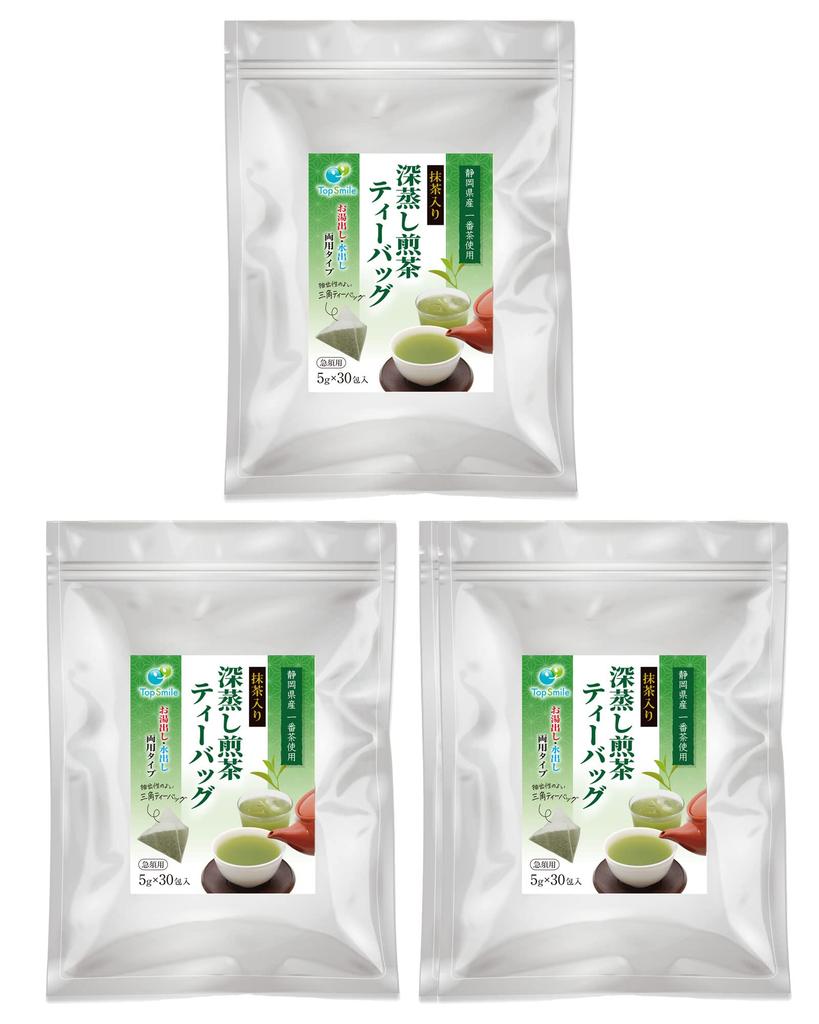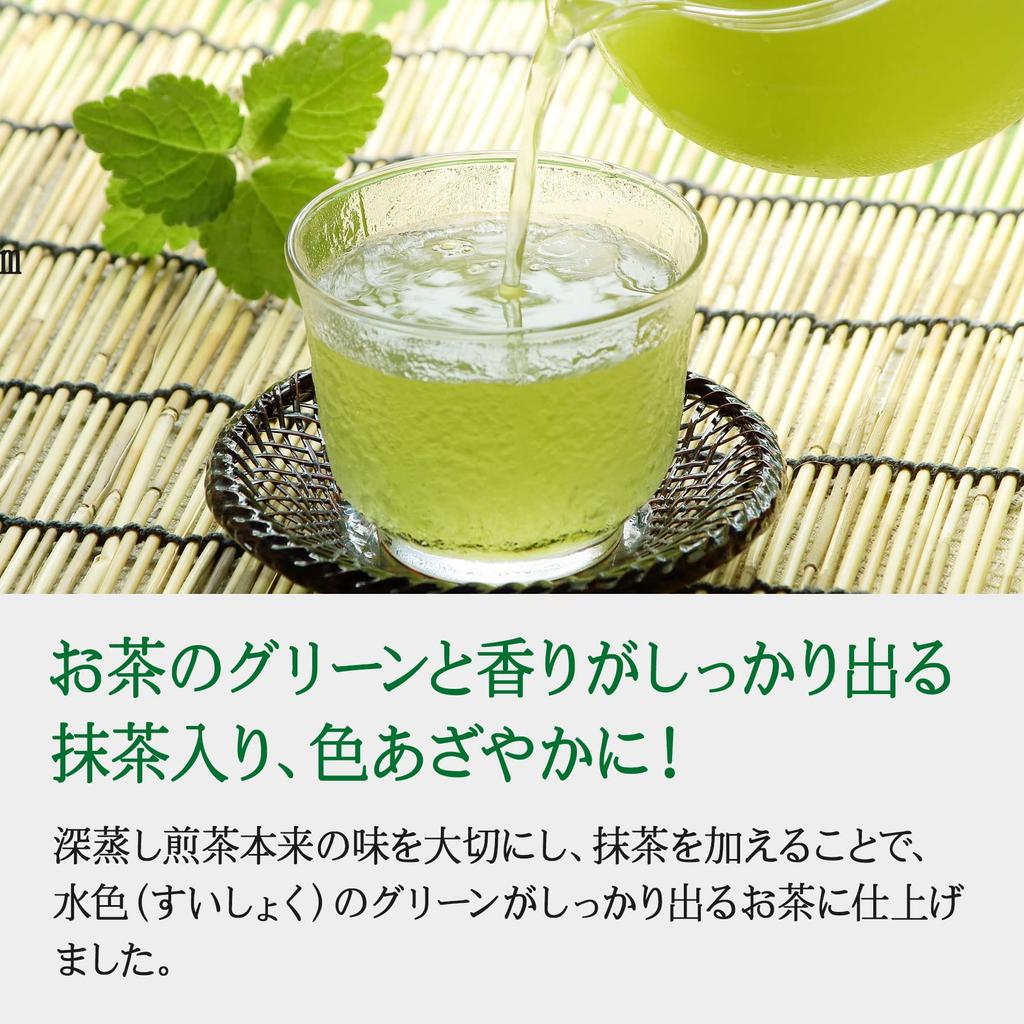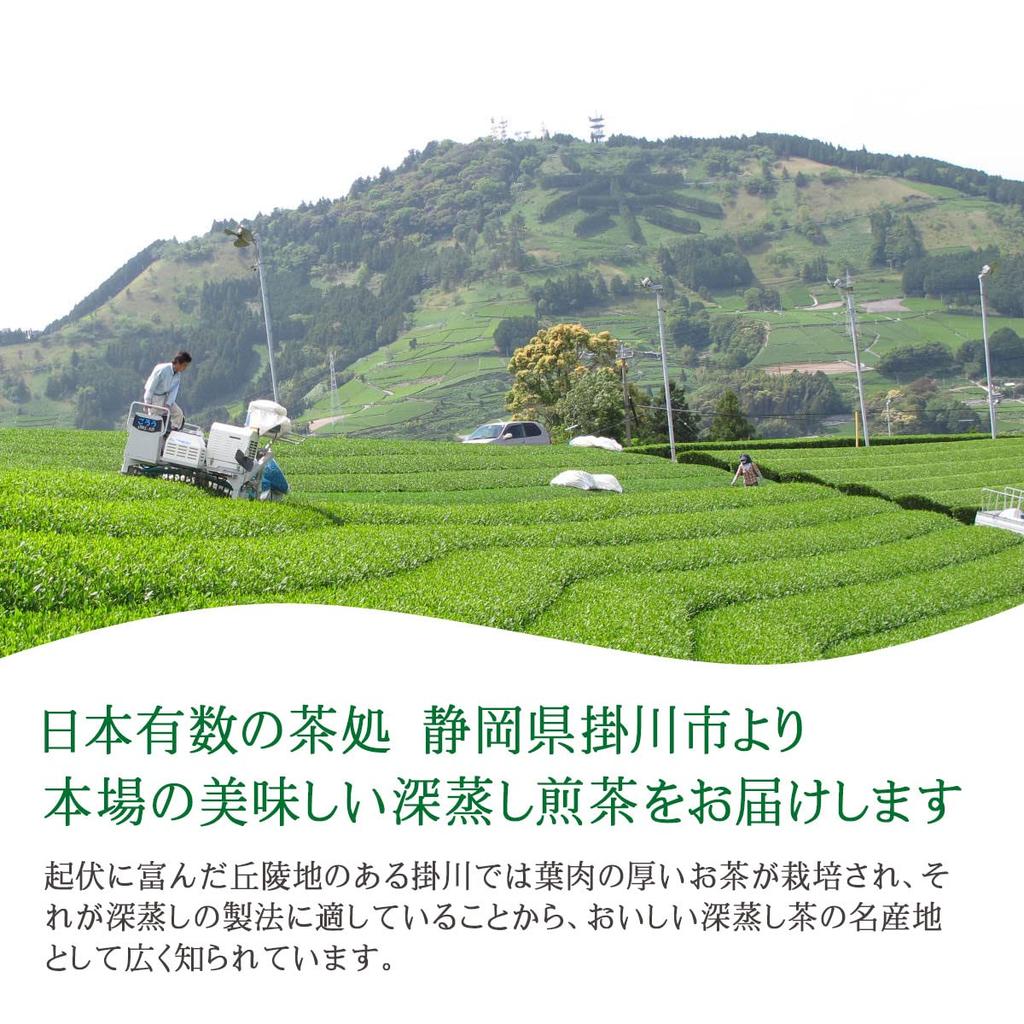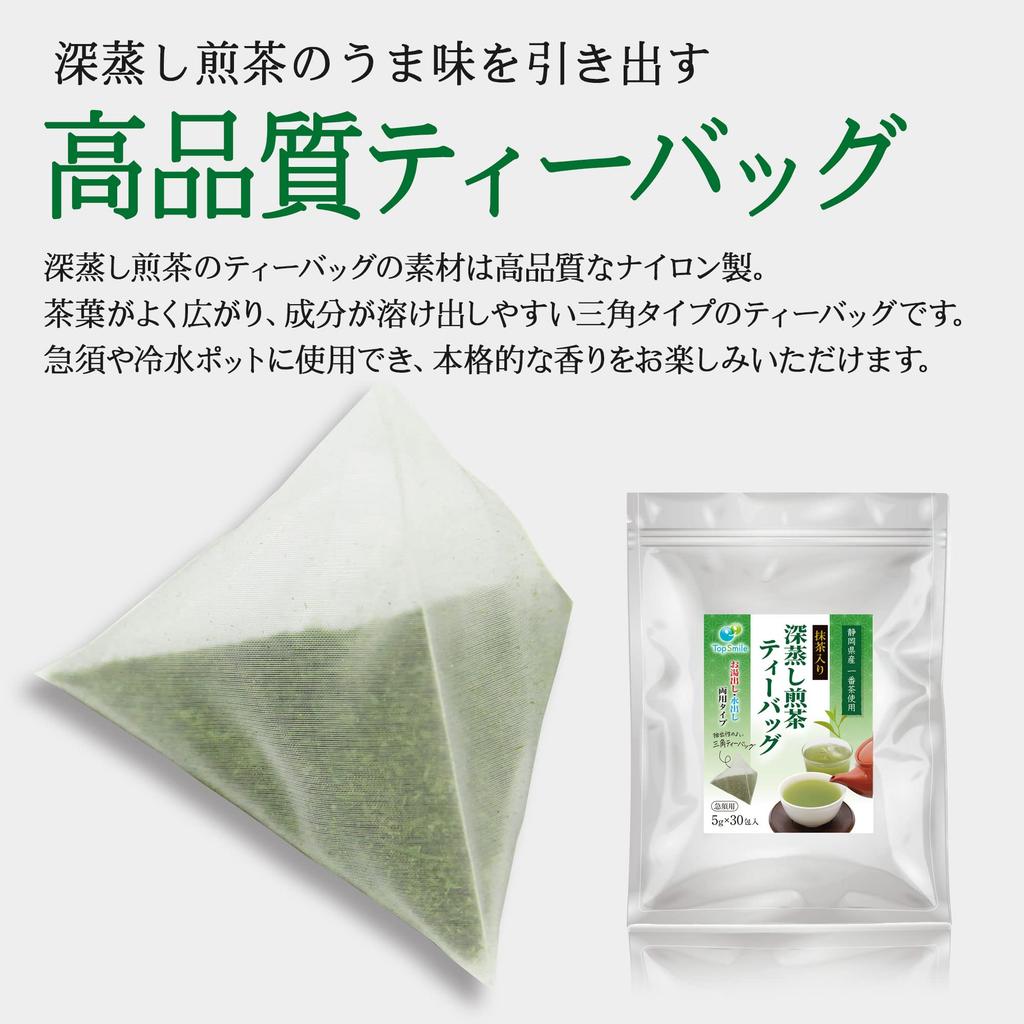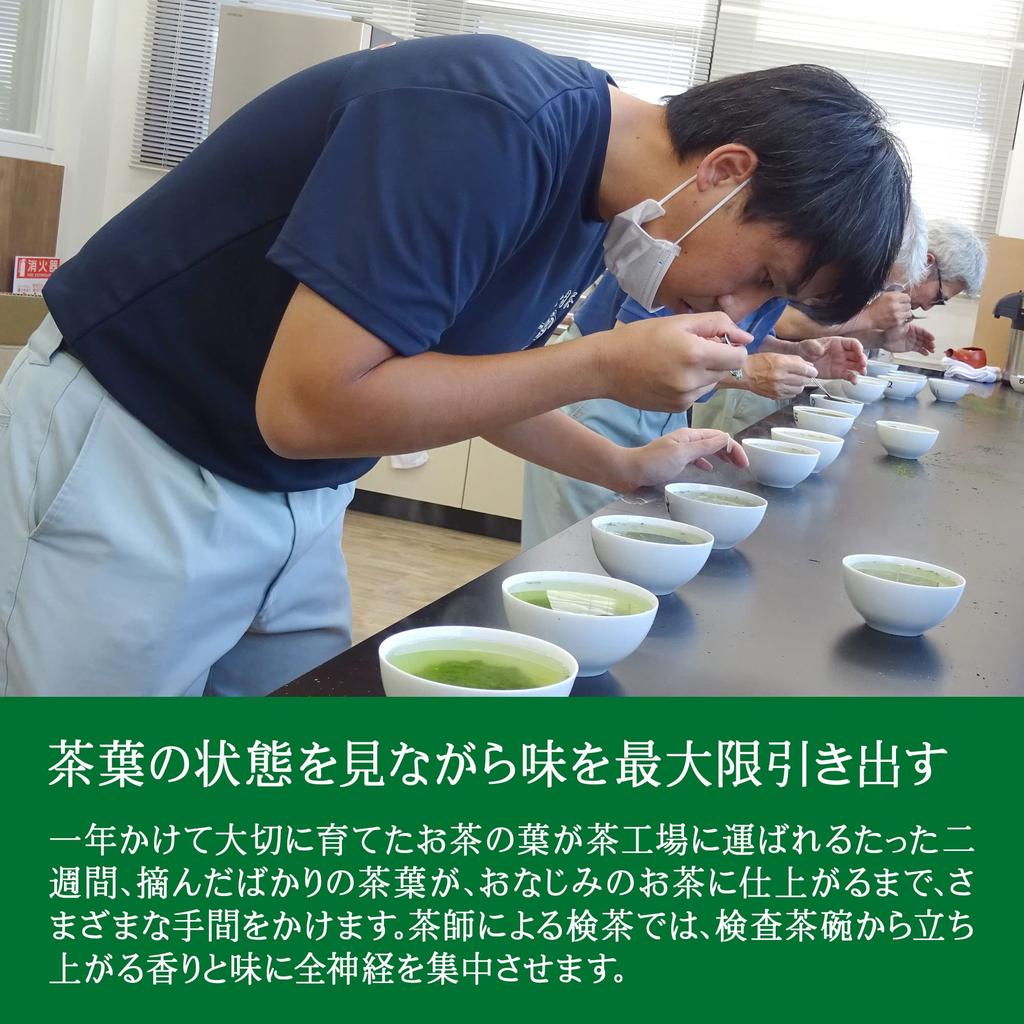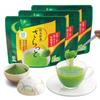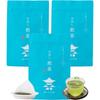★★★★★★★★★★★
Hey there!
Welcome to our shop!
We love sharing awesome goodies from Japan with the world
– from top-quality beauty & skincare products, fun daily items, to cool toys and anime merch✨
We’ve already shipped happily to customers in Russia, UK, Georgia,
Moldova, Ukraine, Czech Republic, Slovakia, Switzerland, Portugal,
Belgium, Austria, France, Netherlands, Greece, Sweden, Hungary,
Kazakhstan, Romania, Norway… and many more!
Wherever you are, we’re ready to send a bit of Japan straight to your door.
💌 Why shop with us?
100% authentic Japanese products✨️
Fast international shipping & careful packing.
Friendly English support – just message us anytime!
Bring a slice of Japan into your home.
Enjoy browsing and have fun shopping with us!
★★★★★★★★★★★
Deep-steamed tea is made by steaming it for 2 to 3 times longer than regular tea, which allows the tea's components to be extracted more easily, resulting in a rich, flavorful green tea with less astringency.In addition, matcha is added to create a tea that brings out the green color of the water.
Kakegawa City is often featured on television as a city of longevity. Most of the green tea that the people of Kakegawa drink is "deep-steamed tea." The long steaming time allows the nutrients in the tea leaves that would normally not dissolve to be absorbed into the tea.
Kakegawa, with its rolling hills, cultivates tea with thick leaves that are well suited to the deep-steaming method, and is widely known as a producer of delicious deep-steamed tea.
The nylon triangular tea bags allow the tea leaves to spread and the tea ingredients to dissolve easily. They can be used in a teapot or cold water pot, allowing you to enjoy the authentic aroma.
Cold Brew: Place one tea bag in a 1 liter pot of cold water, chill in the refrigerator and enjoy.
[Hot Water Brewing] Place a tea bag in a teapot (350-500ml), wait 30-50 seconds, swirl the teapot 2-3 times, then pour into teacups and enjoy. One tea bag will make approximately 3-5 cups of tea.
Tea leaves that have been carefully cultivated over the course of a year are transported to the tea factory where they undergo a meticulous process of just two weeks before they are transformed from freshly picked tea leaves into the familiar tea we enjoy. The tea-making process involves steaming, drying, rolling, and rolling and drying, with steaming being the most important step. Tea is a living thing, so each tea leaf has its own unique characteristics depending on the day and each field. Tea masters observe the condition of the tea leaves and adjust the steaming method to bring out their best flavor. They determine the steaming method that is best suited to that day's tea based on the color of the steamed leaves and the feel of the leaves in their palms.








